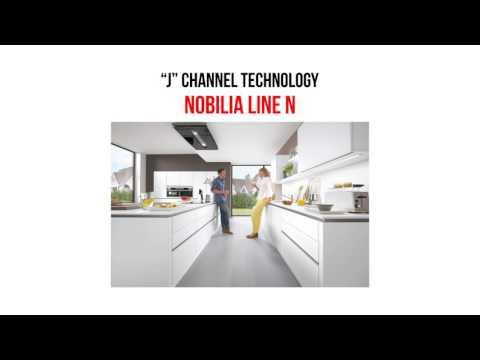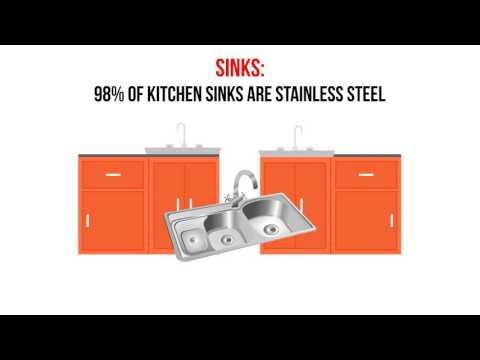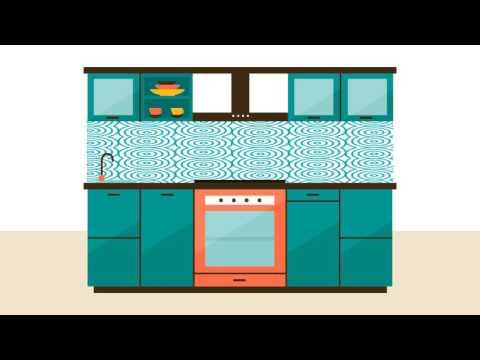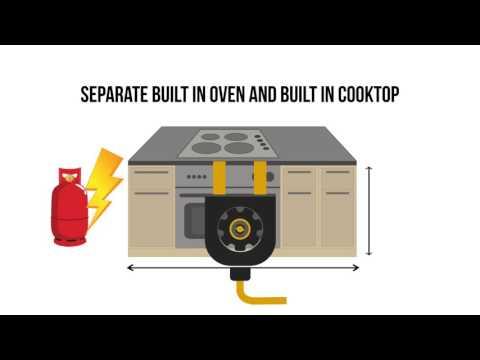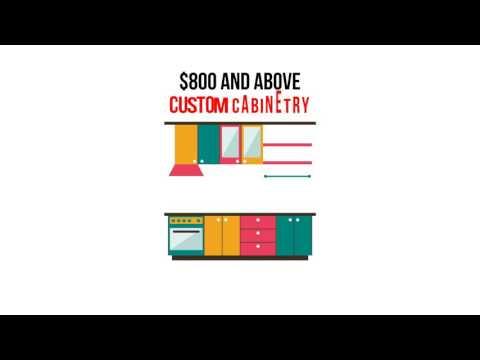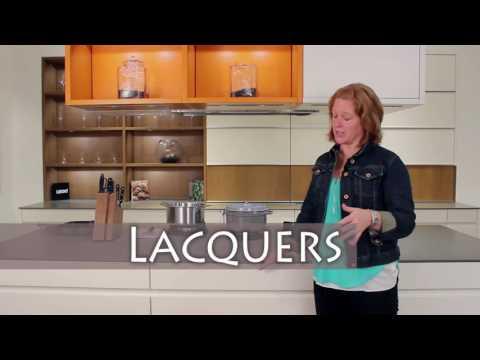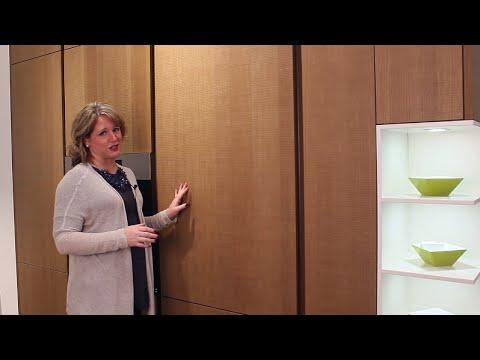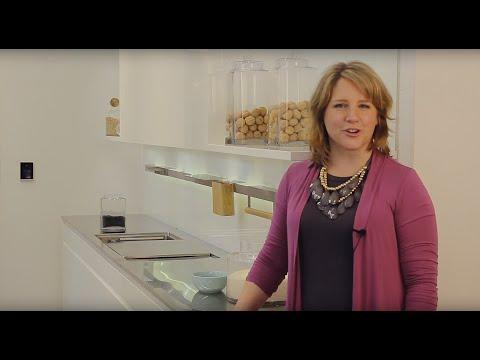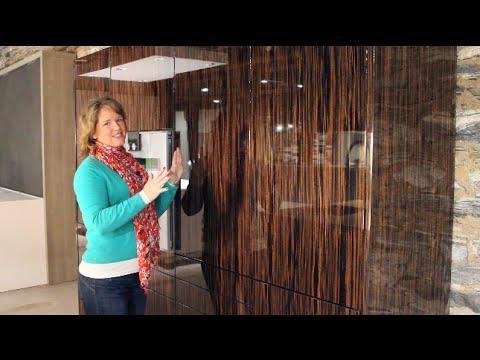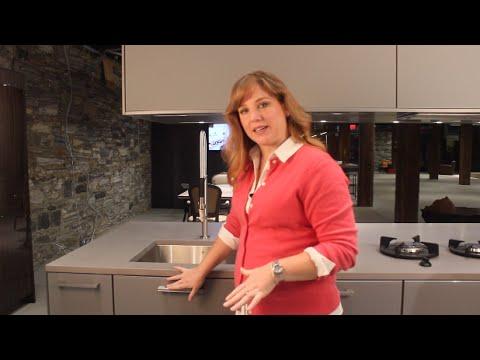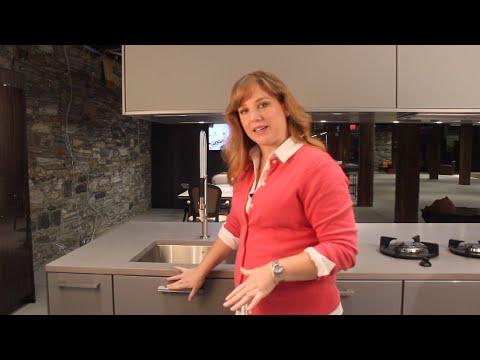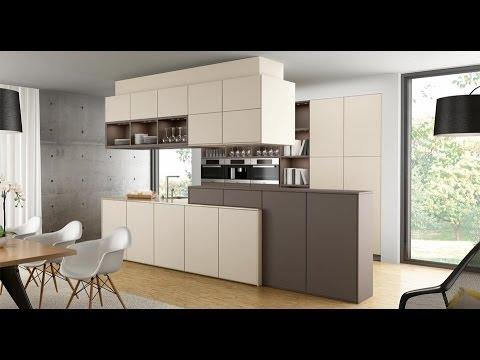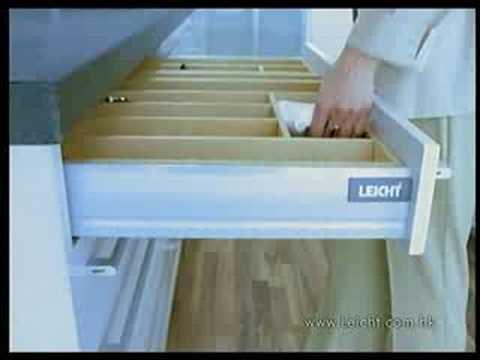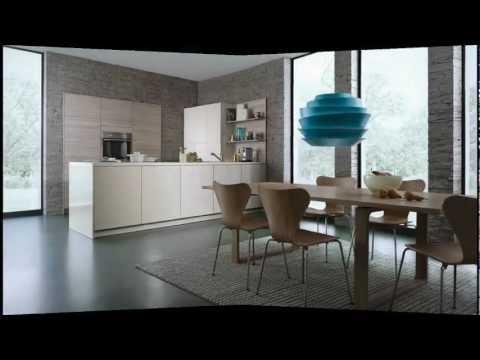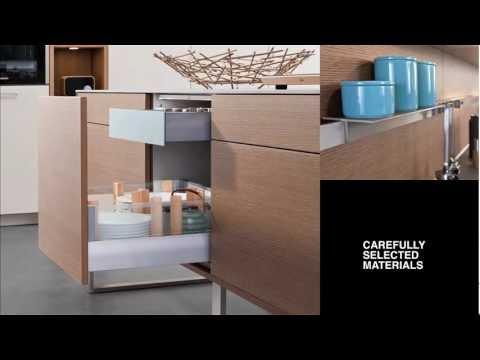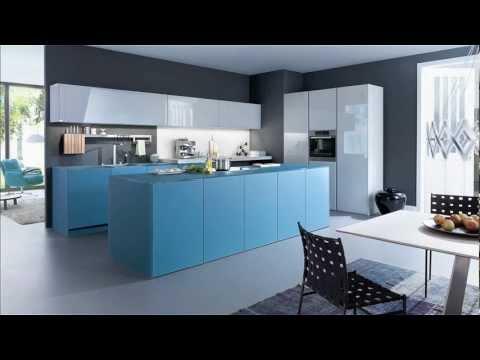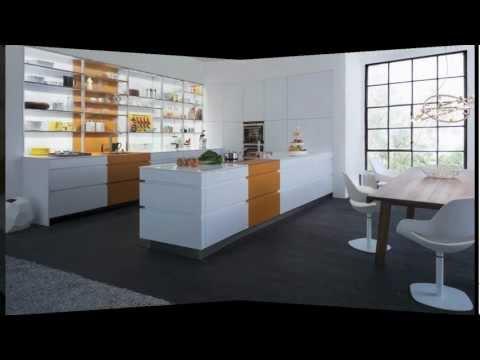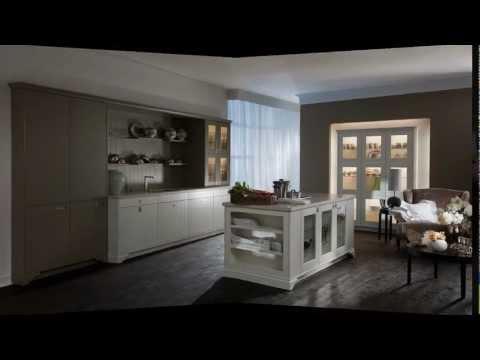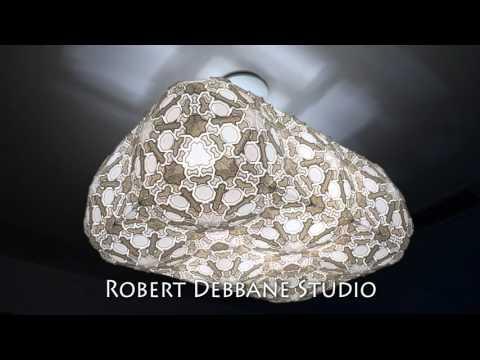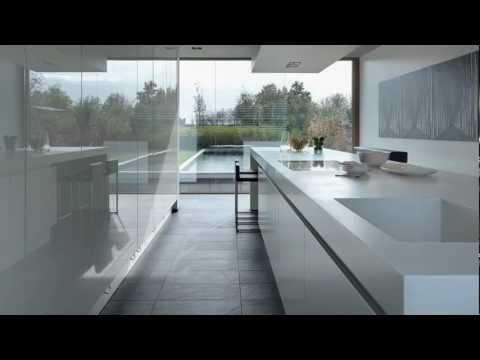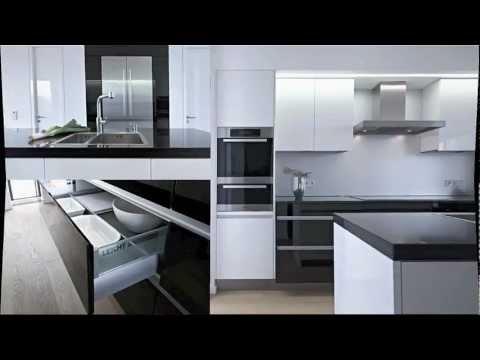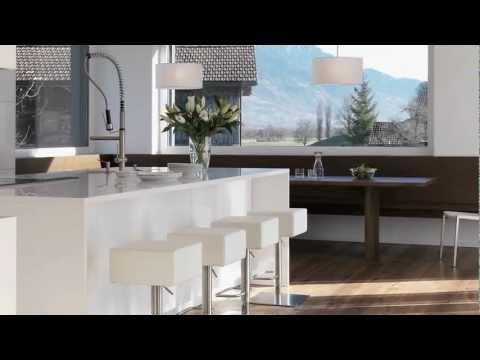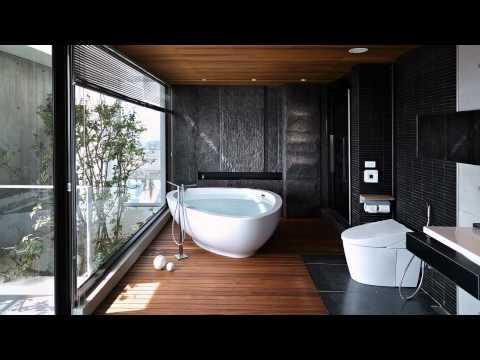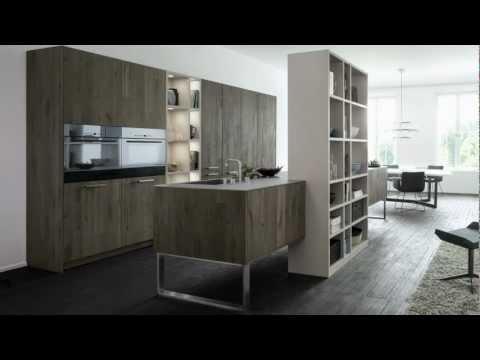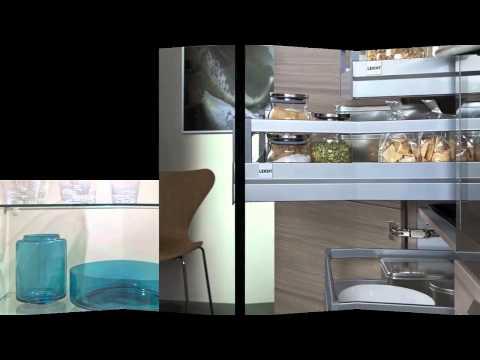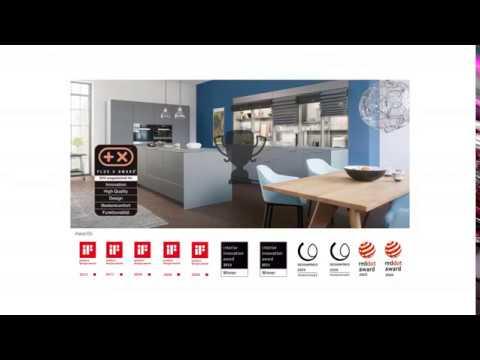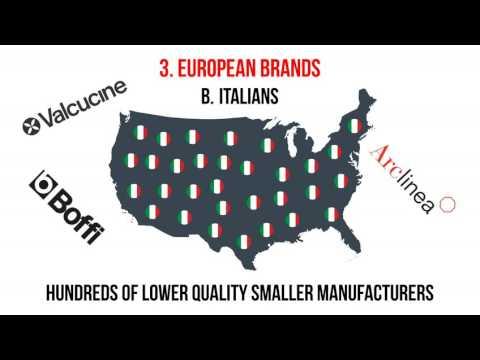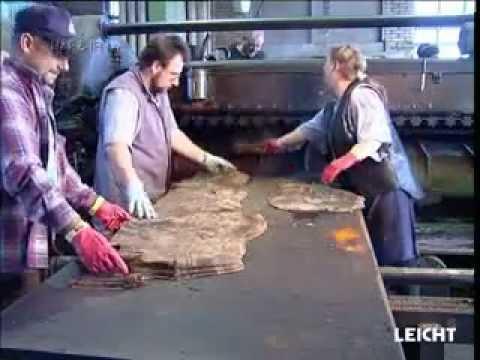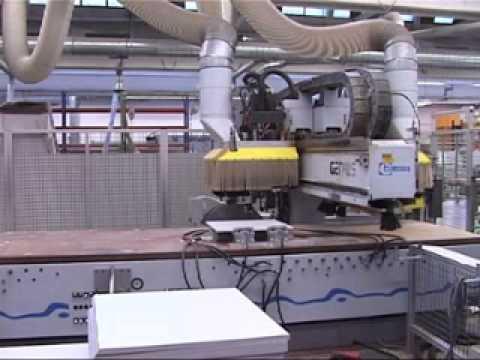Kitchen Countertops
Countertops may provide a beautiful addition to your new kitchen. They provide a unique touch to every kitchen with lots of creative choices. We hope to give some clarity in terms of style, durability, and the process of installing your new countertops
Here is what will be covered in this section:
- When to choose the countertop
- How to select a fabricator
- Countertop details you will need to specify
- Material selection breakdown
When To Choose The Countertop
You can select your countertop before or during the kitchen design process. You can start by getting some ideas from browsing kitchen photos online or in catalogues. Your kitchen designer may give some pointers to you as well.
While it’s great to get ideas and select a fabricator and countertop before the remodel, you won’t be able to order it until after your base cabinets have been installed. This is because it must be measured (or “templated”) in order to be cut and fit properly to your kitchen. You also must have your sink, cooktop, and faucet onsite prior to fabrication. These fixtures are very difficult (and expensive) to change once countertops have been laid down.
How To Select A Fabricator
Get bids from at least three different fabricators before you settle on one. This should give you a good idea of the job cost. Not only should your fabricator give a fair price, but they should also help you select the material best for you. The right fabricator knows the pros and cons of each option, and will let you know if a slab has any issues before cutting it. They will teach you how to properly care for your countertop so it maintains its beauty for as long as possible. The fabricator you choose should also be able to work within your time frame. In order to guarantee quality, be sure you ask to see samples of their previous work and inquire on the terms of their warranty.
Countertops Details to Specify
You will also need to select your thickness, color and edge detail prior to fabrication.
Thickness: Traditional kitchens often feature a thicker slab, while modern kitchens tend toward a more slim counter. This factor can drive up costs quite a bit, particularly for higher end finishes like granite or marble.
Color: Your countertop color and pattern may vary quite a bit if you select a natural stone material due to veining. Every natural stone and granite slab is unique, so if you find one you really like, reserve it! Man-made surfaces rely on more of a factory standard so what you see is likely what you’ll get.
Edge Detail: Fabricators offer quite a few edge detail choices for countertops. Standard choices may include square, rounded (or “bullnose”), demi-bullnose, bevel and double bevel. Some more ornate options are the Dupont, which is essentially a squared top edge with a rounded bullnose detail below, or the Ogee, in which the worktop edge has a sort of S-shaped detail. Your edge detail can be expensive on stone surfaces, while pliable metals like copper can be more easily and affordably shaped.
Countertop Materials: A Breakdown
Natural Stone and Granite
Granite and other natural stones are the best options if you prefer the beauty found in rock colors and veining. Stone is versatile, available in many colors and also very durable. It stands up well to heat so hot pans on the surface usually don’t cause damage. Another benefit of all natural stones is that they aren’t factory made so each slab has an original look.
Granite and other natural stones like marble can look very elegant, hence the higher price tag. Sourcing, cutting, and polishing the stone can be very tedious. Your stone countertop is also porous so it must be sealed properly and re-sealed from time to time to prevent staining.
Quartz
The most popular countertop material in the US, quartz is a solid all-around choice for the kitchen worktop. Quartz countertops are made by grinding predominately natural quartz with 8-10% polymers, resins and pigments. This process makes it extremely durable because it is non-porous. It is glossy in appearance and comes in many colors and varieties. Another bonus is that quartz countertops are easy to clean and maintain.
While not exactly inexpensive, quartz is more affordable than natural stone countertops, though not as heat-tolerant. Some of the known brands include Caesarstone, Silestone, Cambria. Caesarstone is considered the best brand with the best colors. The current trend in quartz are countertops which look like natural stones.
Porcelain
Porcelain countertops are a new kitchen trend gaining popularity. These countertops are man-made from a type of heavy clay and can be made to replicate luxurious finishes like marble but with added durability. Other than the stone look, porcelain comes in an enormous variety of colors and options. Sealing is not required and it does not stain or discolor like stone. Porcelain is also practical because it is stronger and more resistant to nicks than stone surfaces. It is also heat-resistant, easy to clean, and lightweight.
Some people perceive porcelain countertops as not truly able to mimic stone surfaces because they have a more flat look, and edge detailing is also limited. The price of a porcelain counter can be dependent on how many contractors in your area do this work, as it is someone specialized.
Corian
Corian countertops once had a surge of popularity but are rarely seen in US kitchens anymore. Like quartz countertops, Corian is a composite material made from natural granite with acrylic polymers. Corian is actually a brand of countertop made by the brand Dupont. The material is also known as “solid surface”.
This type of counter is more inexpensive than natural stone, but as mentioned before, is no longer on-trend for renovations. Corian can also be stained and damaged by household chemicals. The material also holds up poorly to heat, as it is prone to scorching from hot pans. Scratches and dents are also common with Corian counter surfaces. However, unlike natural stone, the damage can usually be repaired.
Wood
Wood grain laminate and butcher blocks are typically used more as accent surfaces. Wood is usually seen on only some of the countertop areas, such as an eating counter or an island. The most popular type of wood countertops tend to be maple and bamboo. The wood grants a warm look and is easy to cut and fabricate, making it decently affordable. Wood looks great in both modern and traditional kitchens, with many species, cuts, and stains to choose from.
Real wood has the added benefit of being anti-bacterial when sealed properly and many types are heat-resistant. Not everyone likes the natural finish though, and it must be oiled several times a year to maintain its beauty.
Laminate
Laminate countertops are an economical choice and they have evolved quite a bit over the years. This plastic coated surface was popularized by the brand Formica. Although laminates had a dip in popularity during the 90’s, they have made a strong comeback and modern options grant some very sophisticated looks. Laminates can realistically mimic wood, natural stone, or concrete and are your most affordable option.
Installation of laminate countertops is also fast and simple. If you choose to go with a laminate counter surface, most of the time a backsplash can be fabricated out of the same style for a nice continuity. A major downside to laminate is its susceptibility to heat damage. Laminates also scratch and scuff easily.
Glass
For those who can afford them, glass countertops are a sleek luxury. Glass gives off a modern look and can be back-painted in many colors appealing to your style. A very durable countertop material, glass is impervious to household liquids, stains, and heat damage. You won’t have to worry about seams either, and it can be shaped in whatever way you need. The non-porous surface is also very hygienic and easy to clean and will not harbor bacteria. The glass countertop has a high gloss finish, and fabricating a bevelled edge creates a gleaming effect when it catches the light.
The price, however, makes glass countertops out of reach for many people. In addition to the high cost, glass can be difficult to work with as a countertop material. It is also difficult to repair if cracks should happen.
Metal
A less common option that is worth looking into are metal countertops. These may be fabricated from stainless steel, copper, brass, and zinc. Stainless steel is the most popular. Used in commercial kitchens, metal countertops have a number of advantages. One big pro is that heat damage is not a problem - hot pots will not scorch the surface. The more pliable metals like copper bring the added advantage of simple and cost-effective edge detailing which would be much more expensive to do with stone. It can also be shaped to form the backsplash.
Metal countertops can scratch and dent though, so you cannot cut on them. They can also be expensive to purchase. Many people enjoy the look of metal countertops on just one area of the kitchen. The best choice of metal might depend on the warmth or coolness you want to bring into the kitchen - stainless steel has a cooler look and the reflective look makes a small kitchen feel bigger, while copper makes for a warm look.









